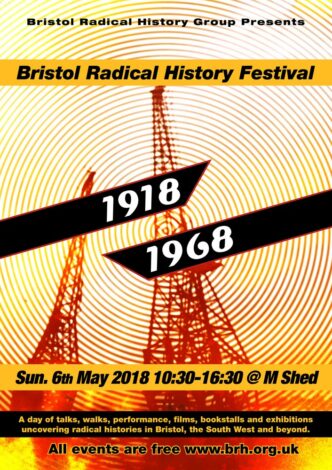Studio 2: Women, politics and protest: Feminist perspectives on ‘68
In two short reflective talks, Sheila Rowbotham and Hilary Wainwright will contribute personal memories of links between events, movements and ideas which surfaced in 1968 and the emergence of the women’s liberation movement of the early 1970s. They will describe how these helped to shape their approaches to politics. These will be followed by contributions and discussion from the audience. In 1969, Sheila Rowbotham’s influential pamphlet Women's Liberation and the New Politics, argued that […]


